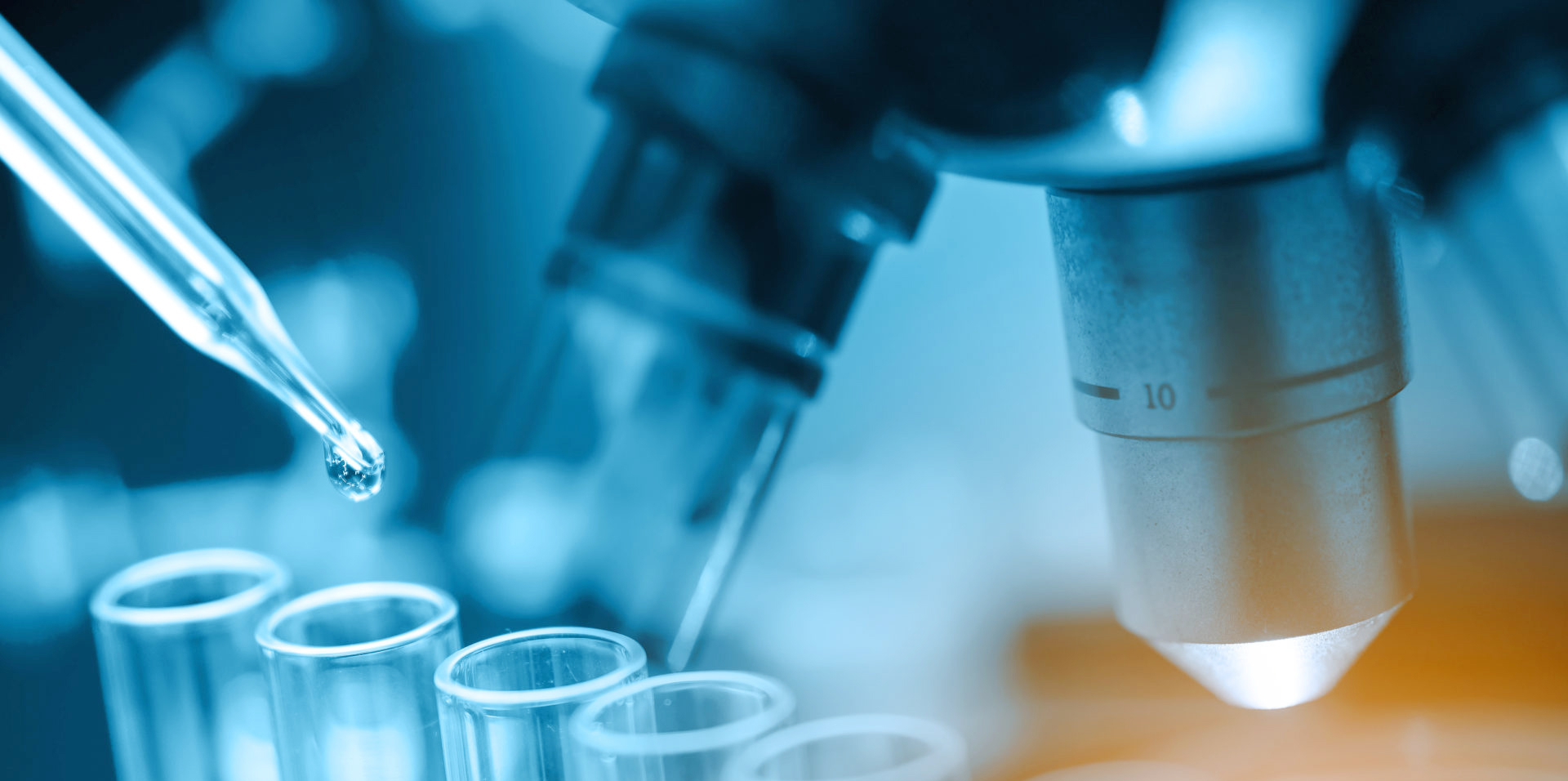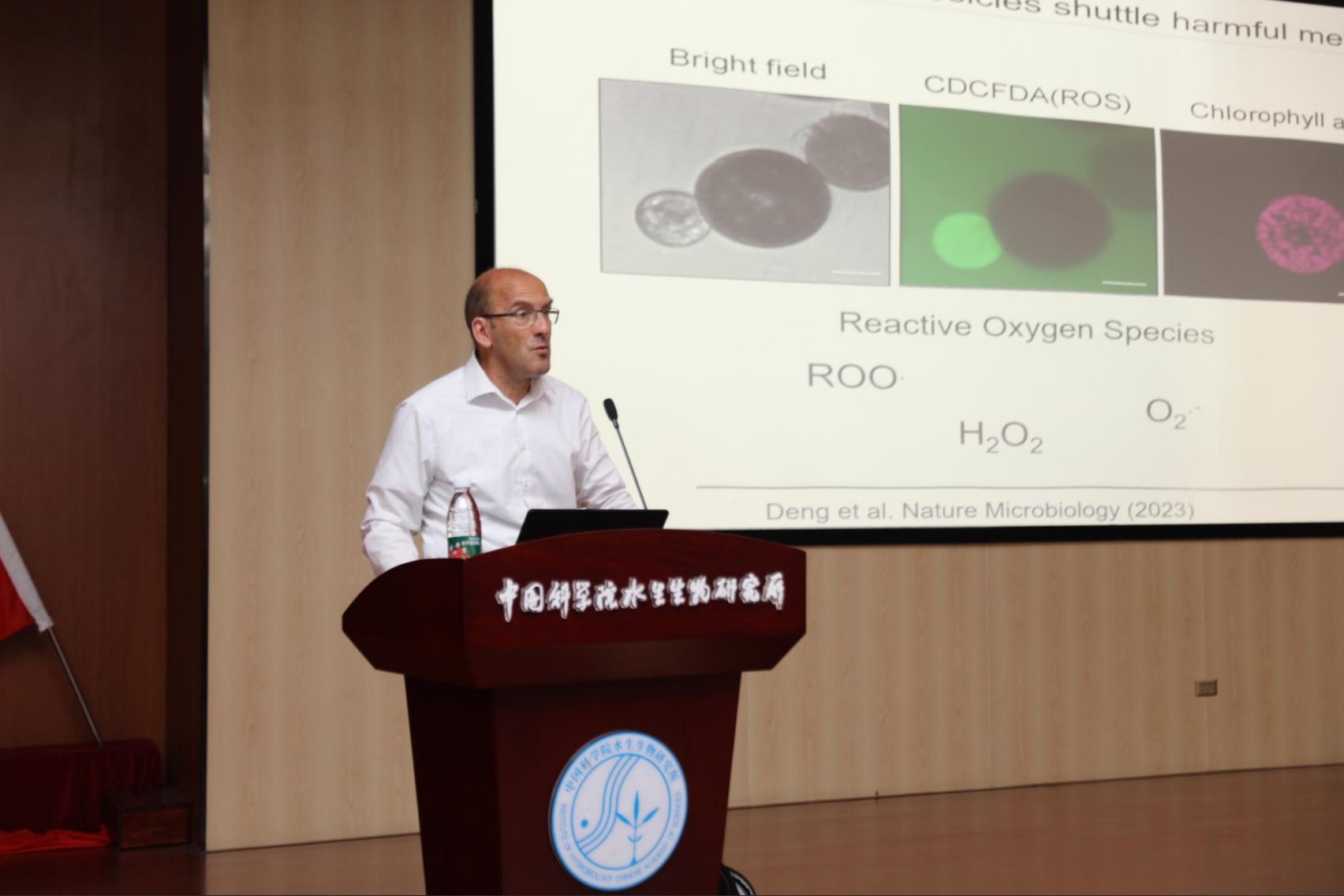
Newsroom
Professor Georg Pohnert from Friedrich Schiller University Visits IHB

Professor Georg Pohnert from Friedrich Schiller University in Jena, Germany visited IHB on May 14, 2025. (Credit: IHB)
On the morning of May 14th, Professor Georg Pohnert of Friedrich Schiller University in Jena, Germany was invited to the Institute of Hydrobiology (IHB) of the Chinese Academy of Sciences for academic discussion, and gave an academic report entitled "Temporary and spatial signaling in phytoplankton interactions" for researchers and graduate students.
The formation and decline of algal bloom in water ecosystem has great influence on global biogeochemical cycle. In the report, Professor Georg Pohnert took the microbial community of diatom as the research object, and discussed the regulation mechanism of diatom after cell death, cell division stagnation and cell aging, and restarted the reproduction process by refreshing nutrients. It is proved that bacteria can regulate the aging process of algae and trigger the production of vesicles through chemical signals. This work provides a new perspective for cell senescence and regeneration in complex planktonic microbial communities. In addition, Professor Georg Pohnert also elaborated the cleavage mechanism of DMSP (dimethyl mercaptopropionate, the main organic sulfide in the ocean) and its oxidized form DMSOP by various heterotrophic bacteria and photosynthetic microalgae, and pointed out the potential role of DMSOP in microalgae oxidative stress protection and osmotic pressure tolerance. Thus, it can affect the global carbon-sulfur cycle. This report aroused the interest of the participants, and they had extensive and in-depth discussion on the aging-regeneration mechanism of algae cells and the impact of DMSOP on the physiology and ecology of plankton.
Georg Pohnert is a professor at Friedrich Schiller University in Jena, Germany. He is currently the head of bio-organic analysis and a fellow at Max Planck Institute for Chemical Ecology. He has served as vice-president and president of the university. He has been engaged in the chemical ecology of marine microalgae for a long time, including studying the molecular interaction between algae and the environment, and developing methods to identify new natural products of these organisms. For example, the chemotaxis of plankton such as diatoms to inorganic nutrients and pheromones, and the effects of plankton interaction mediated by chemical signals on ecosystems are studied. Focus on the chemical defense and communication strategies of marine and freshwater organisms, and explore how organisms use chemicals for self-protection, communication and interaction with the surrounding environment. The research results of related work are published in journals such as Nature, The ISME Journal, Nature Communications and Nature Microbiology.